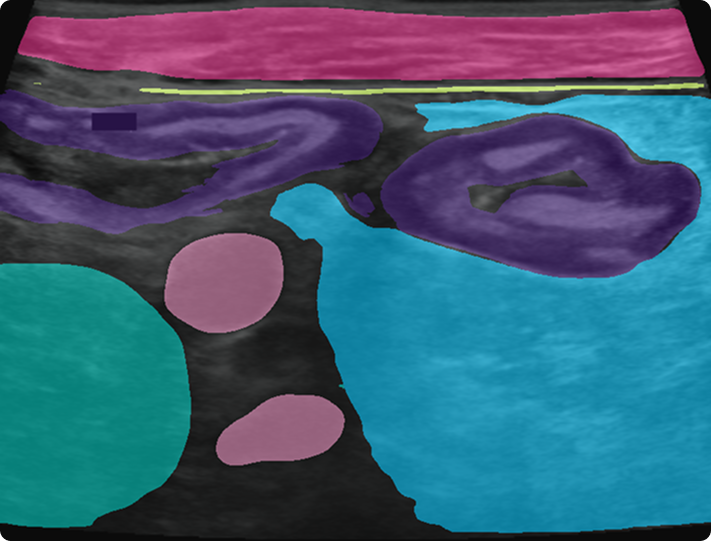DovaSound is an AI-powered product currently under development, designed to enhance the clinical utility of intestinal ultrasound (IUS) for monitoring Inflammatory Bowel Disease (IBD). Built for both research and real-world care, DovaSound brings objectivity, automation, and clinical relevance to IUS - making it a smarter, more scalable alternative to traditional approaches.
Why DovaSound is the next step forward
DovaSound is being developed to meet rising demand for non-invasive, scalable tools that support earlier intervention, more frequent monitoring, and improved access across diverse patient populations. It is designed to reduce variability in interpretation, automate key measurements, and deliver standardized, unbiased insights - enabling faster decisions and greater precision in both care and research settings.
Built on proven foundations
DovaSound leverages Dova’s validated AI infrastructure - benefiting from prior development pathways, regulatory groundwork, and partnerships with global experts and institutions. Government-backed and KOL-supported, it’s positioned to accelerate adoption in both clinical and research environments.


